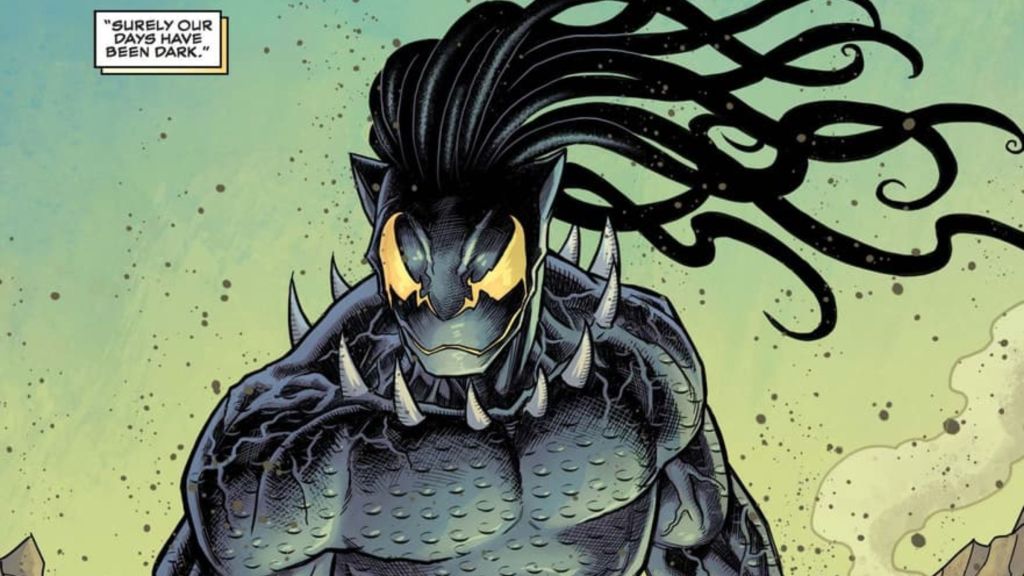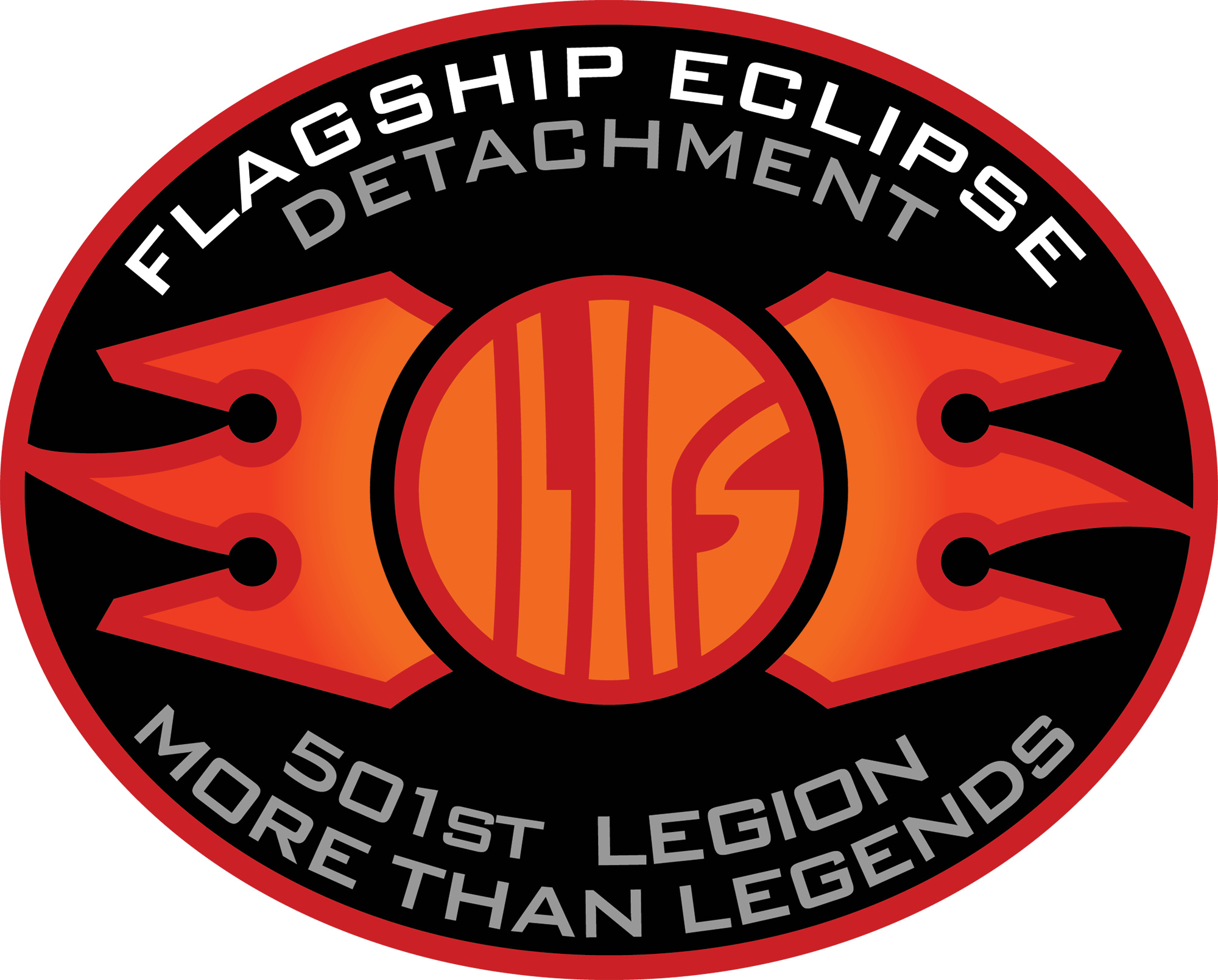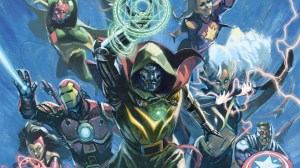
Over the years, Marvel Comics has introduced dozens, if not hundreds, of different villains and supervillains. Some are just plain evil, while others shockingly have a good point, albeit one they’ve taken far beyond what most people would consider reasonable. They say that a series is made by their villains, and it’s often true. Sure, a powerful villain can offer an imposing force, but what readers frequently want are complicated and nuanced villains. Marvel delivers on this, creating villains with motivations beyond “destroy everything,” and sometimes, very rarely, it makes it a lot harder to root for the hero. Not impossible, mind you, just harder.
While not every villain has a deep backstory, there are plenty that do. Some of the biggest baddies in Marvel comics, from Doctor Doom to Thanos, have legitimate points they’re trying to make. Sometimes, the difference between a hero and a villain is the chosen method. A hero will protect and rebuild, while the villain sees the necessity of breaking it all down before rebuilding. In a way, the superhero and supervillain cycle is not dissimilar to the Ouroboros: a cycle of destruction and rebirth, revolving and repeating. Two sides of the same coin.
Unfair Treatment, Prejudice, Diaspora, and Social Justice

When readers think of comics and the characters fighting for justice, we often think first of the superheroes. However, several villains have valid stances on these grounds. Magneto has always been on the side of mutantkind, and while we emphatically don’t always agree with his methods, the man’s got a point. Mutants have been systematically oppressed, tortured, and experimented on. Given Magneto’s history, he has the right to say he’s got an expert opinion on this one.
Then there’s Killmonger, the classic counter to Black Panther. This character made massive waves when he appeared in the Marvel Cinematic Universe, but he’s always carried several valid points with him. He talks of social justice, Wakanda’s isolationism, and repatriation. His points were more finely tuned for his MCU debut, allowing them to hit harder than ever. This doesn’t justify him taking over Wakanda via force.
Frank Castle, aka the Punisher, is a pretty famous anti-hero of Marvel Comics. He’s earned a reputation for going after the villains of the Marvel universe, and he usually goes for a more permanent solution. Here’s the thing: Frank isn’t entirely wrong when he says that the system isn’t working. He recognizes the cycle for what it is and aims to create a new (more enduring and violent) solution to the problem. Do we agree with him kicking off gunfights left and right? Not really, but we can’t deny the fact that far too many villains will simply walk out of prison before the heroes have had time to catch their breath.
Interestingly, several villains share a central theme. One of Doctor Doom’s more sympathetic points is when he fights for Latveria’s independence and stability. Like any classic villain, Doom always takes this goal ten steps too far, but there’s something to be said for standing up for Latveria. It’s not that dissimilar to how Magneto fights for mutants. Both have good intentions buried within their hearts, sort of.
Concerns About Overpopulation, Resources, and the Planet

Nobody is here to say that Thanos trying to obliterate half the universe is the right move. However, the villain isn’t always wrong when he talks about overpopulation and resource scarcity. He had seen firsthand how these can lead to suffering. The problem, as always, is far too complicated to wave one’s hands (or snap one’s fingers) and solve all at once. By going for a magical solution that fits every planet, Thanos is inherently making the wrong move. He’s also assuming that every planet is overpopulated: a hammer always sees nails, and all that. Of course, there’s a very selfish undercurrent in Thanos’ motivation, as by ridding half the universe, he can also please Lady Death. He gets no credit from us for that one.
Namor is another villain, or anti-hero (depending on how you want to look at him), who makes good points. Obviously, his take isn’t as drastic as Thanos’, but there’s something to be said about their combined perspectives. Namor is fully and painfully aware of how awful humanity is for the planet. He sees the writing on the wall, as the oceans have always been an early warning sign of environmental impact and health. As such, Namor put his people (Atlanteans) and the planet above humanity. It’s kind of hard to blame him there.
Ultimately, the villains of Marvel Comics are far from simple characters. Their backstory and motives are complex and open to change. Magneto is one of many characters who have gone through a significant metamorphosis in recent years, almost swapping roles with Charles Xavier. He is an extreme example, but it proves that these villains can change, even while their motives stay the same.
The post It’s Time to Admit that Most of Marvel’s Villains Are Right appeared first on ComicBook.com.


